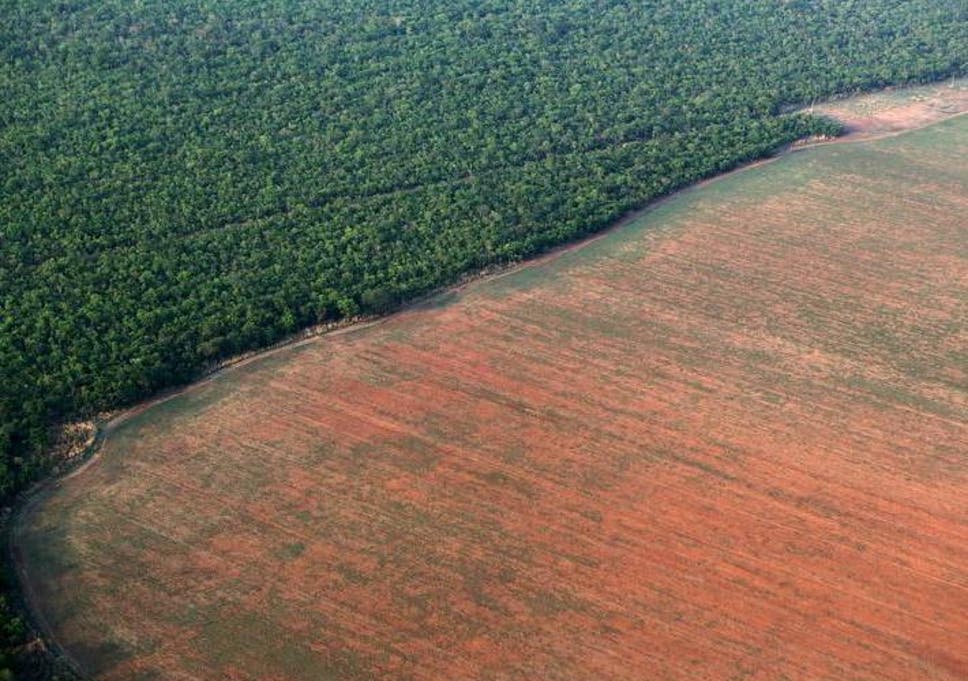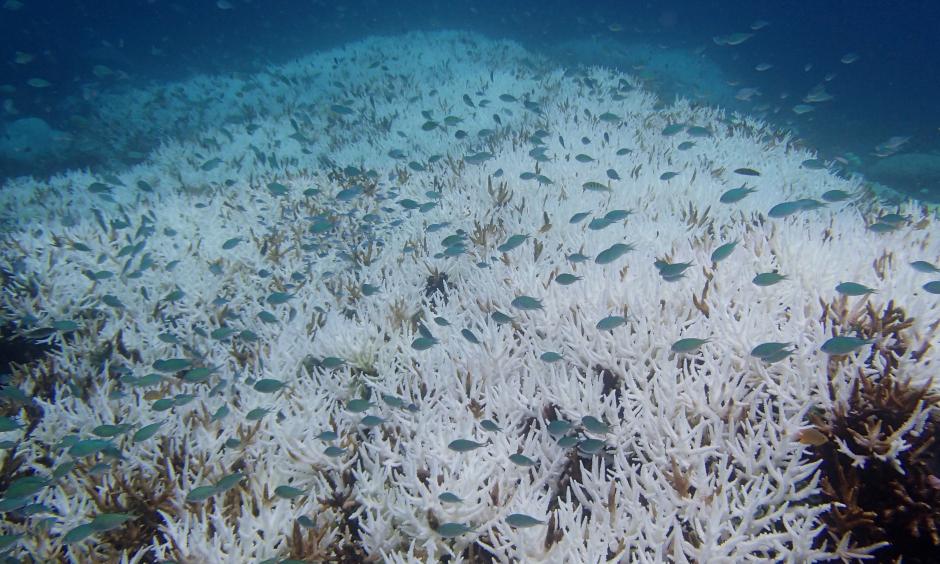In the true realm of science, it is almost impossible to not be in some sort of ethical dilemma; nothing comes without a cost. Whether it be the monetary funds, the time wasted, the animals sacrificed, or the morals ignored, there is always a give and take when it comes to science, especially in a society that craves results and efficiency. One of the biggest problems we face today is the anthropogenic effects on the climate and the other organisms that inhabit our planet. The extinction rate among plants and animals is 1000 times greater than the rate of extinction that occurs on our planet naturally. Every day, dozens of species that once thrived cease to exist while we continue to destroy the Earth through fossil fuel burning, mass pollution, poaching, overfishing, and the introduction of invasive species. Many have called this the Sixth Mass Extinction of our planet. Quite recently, humanity has learned how to wield one of the greatest forces on the planet: genetic engineering. With this new power at hand we have once again stumbled into another ethical dilemma: do we play God and resurrect extinct species that were doomed to death due to our carelessness or use those resources towards saving the species that are still attempting to survive on our planet?


As a child, my favorite movie was Jurassic Park, now it’s my favorite novel. I want to be a paleontologist to study extinct species and I’d give anything in the world to see a Tyrannosaurus rex in the flesh. There is research in paleogenetics – even with Tyrannosaur bones—but it is highly unlikely that it’ll yield any significant results before I reach the age of my grandfather. However, research in the resurrection of the woolly mammoth is much more promising. In about a decade, we could be the first humans to see a mammoth since our Ice Age ancestors banished them to extinction 5,000 years ago, but is it worth it? Although it would be amazing to see the mythic megafauna that only roam through our dreams roam the planet once more what would we gain through this? The cost alone of creating one mammoth would be astronomically high and they lived in herds of hundreds to thousands like the elephants of Africa today. The mammoths created would have a very unstable gene pool and would need constant care and human intervention just to survive. The environment of Ice Age Siberia is much colder than today and there would be very few places they could live comfortably, especially as the planet continues to warm, they’d be destined to life in captivity. The biosphere is dynamic, constantly changing and attempting to stabilize itself and fill the holes that are the species that go extinct. There is no niche for the mammoth in the modern planet. Why should we invest all of this money and resources when it is estimated that the African elephant could be extinct in the next ten years?



There are other animals that are also prime candidates for de-extinction. The Tasmanian Tiger, the largest carnivorous marsupial, went extinct in 1933 CE. This animal was well known in Tasmania, Australia, and some of the other neighboring islands and was one of the apex predators before humans wiped them out. (Above is one of the only recordings of the marsupials). Next door, in New Zealand, the Moa, a genus of six species of massive flightless birds, went extinct in 1440 CE when in 1280 CE, when the Polynesians settled New Zealand, the populations are estimated to have been around 58,000. Another bird, the elephant bird of Madagascar, was the largest bird ever standing around ten feet tall. This bird went extinct due to poaching around 1200 CE and natives were seen using the eggshells as bowls as late as the 19th century. Others include the passenger pigeon, the Atlantic gray whale, the woolly rhinoceros, saber toothed cat, the giant cheetah, gomphotheres, macrauchenia, giant ground sloths, and hundreds of other proposed species that have been doomed to extinction because of human carelessness.



As a society we value life, but we also value defying the impossible. We want to see a wooly mammoth because it seems impossible to resurrect the dead. In order to raise the dead, we must sacrifice dozens of species to join the other thousands that we’ve condemned to extinction. We are responsible for the damage we have caused to this planet and instead of investing billions upon billions towards seeing a sickly furry elephant, it could be going towards closing the hole in the ozone layer, or blocking anthropogenic eutrophication in our coastal waters which leads to ocean acidification, encouraging safer fishing techniques, cleaning up oil spills properly, protecting severely endangered species such as the vaquita or the northern right whale, decreasing pollution, combating poaching and illegal logging, researching safer pesticides, conserving natural resources and land reserves, researching coral bleaching, encouraging the use of renewable energy or discouraging the use of fossil fuels. When we have stabilized our biosphere and our atmosphere, the possibility of seeing a herd of mammoths or a field of elephant birds is something that I welcome with open arms but until then, there are more important things that must be kept alive.








